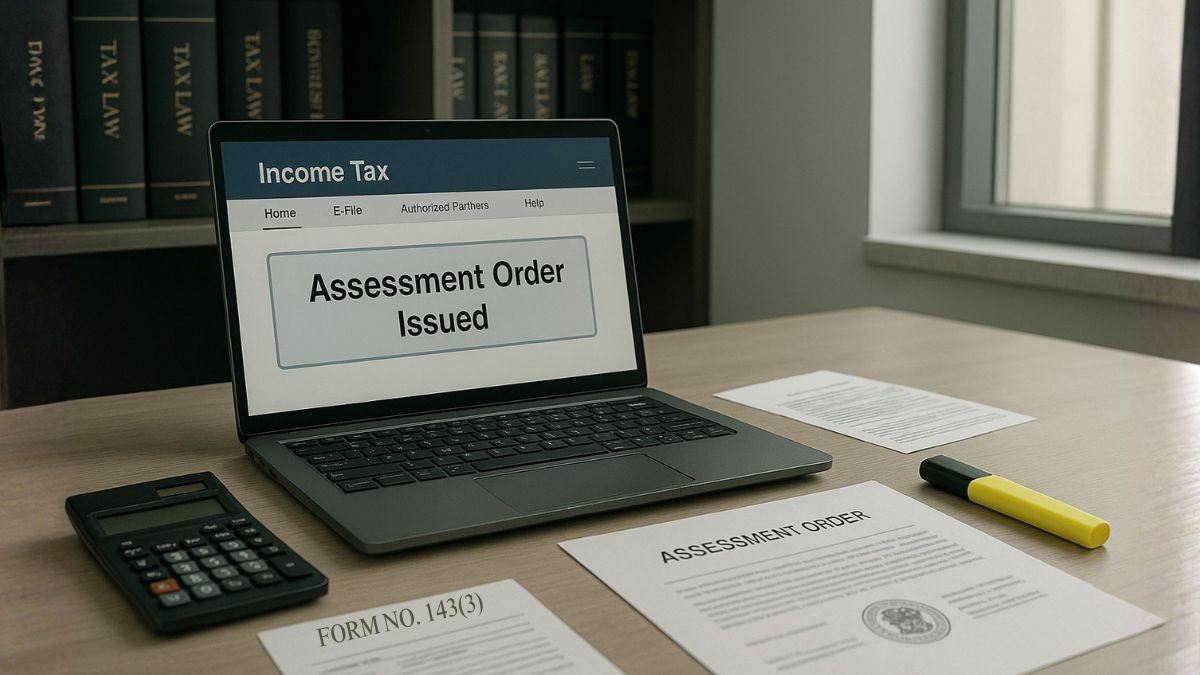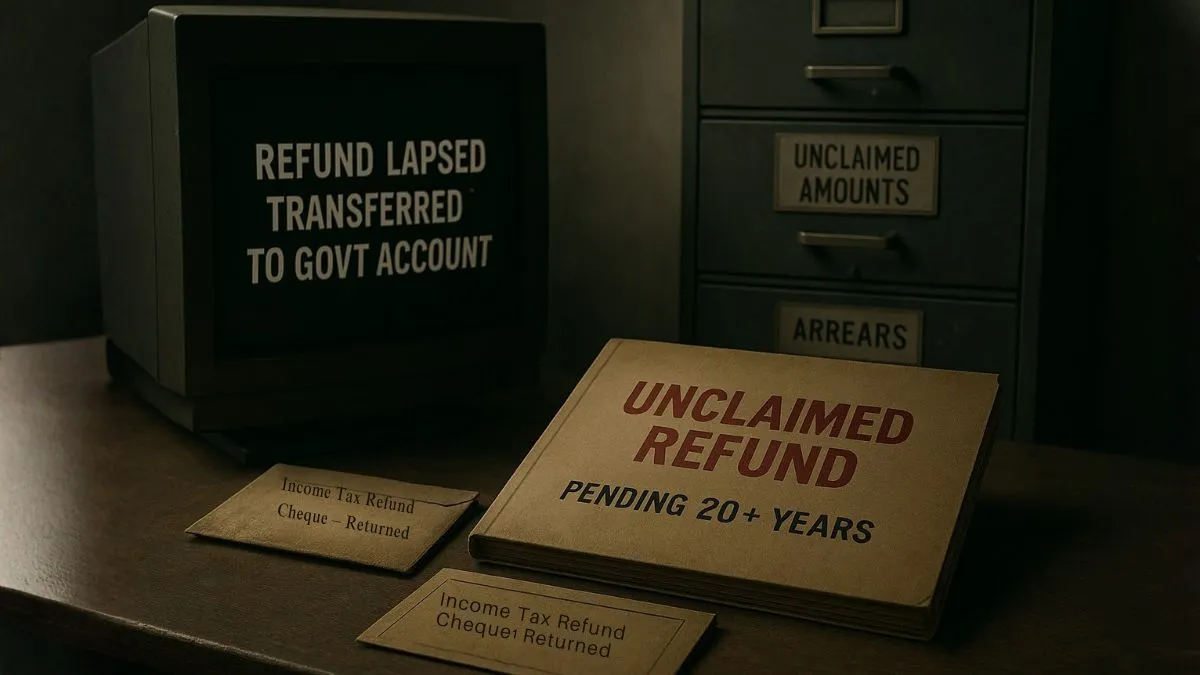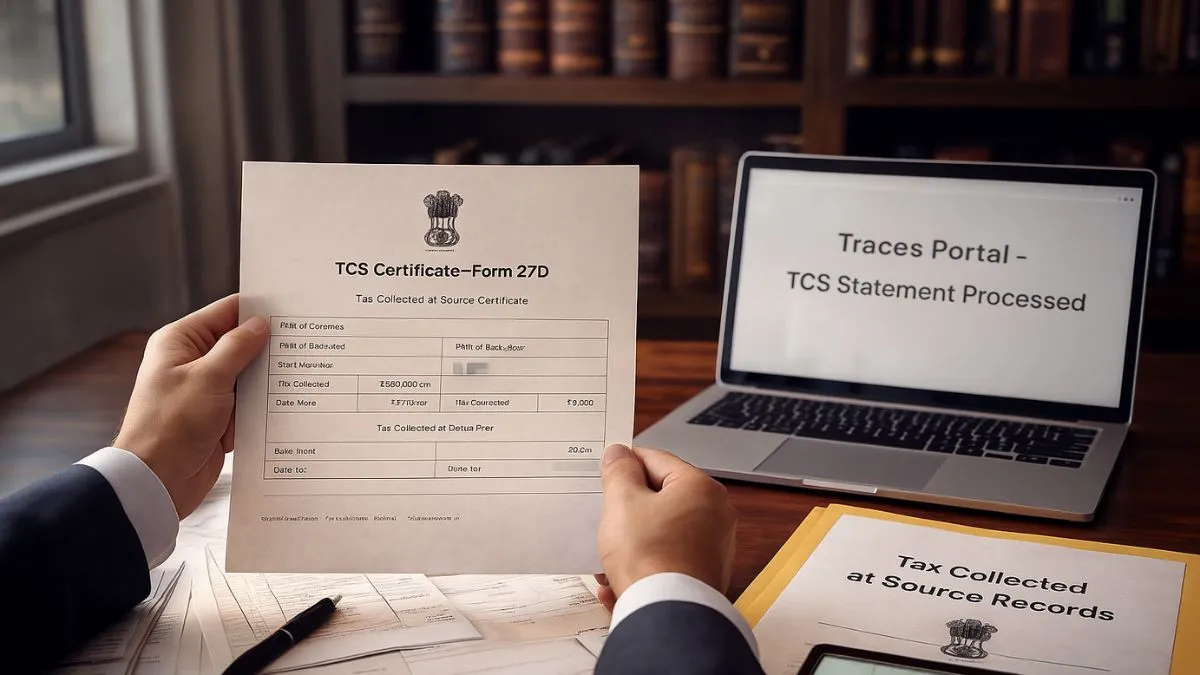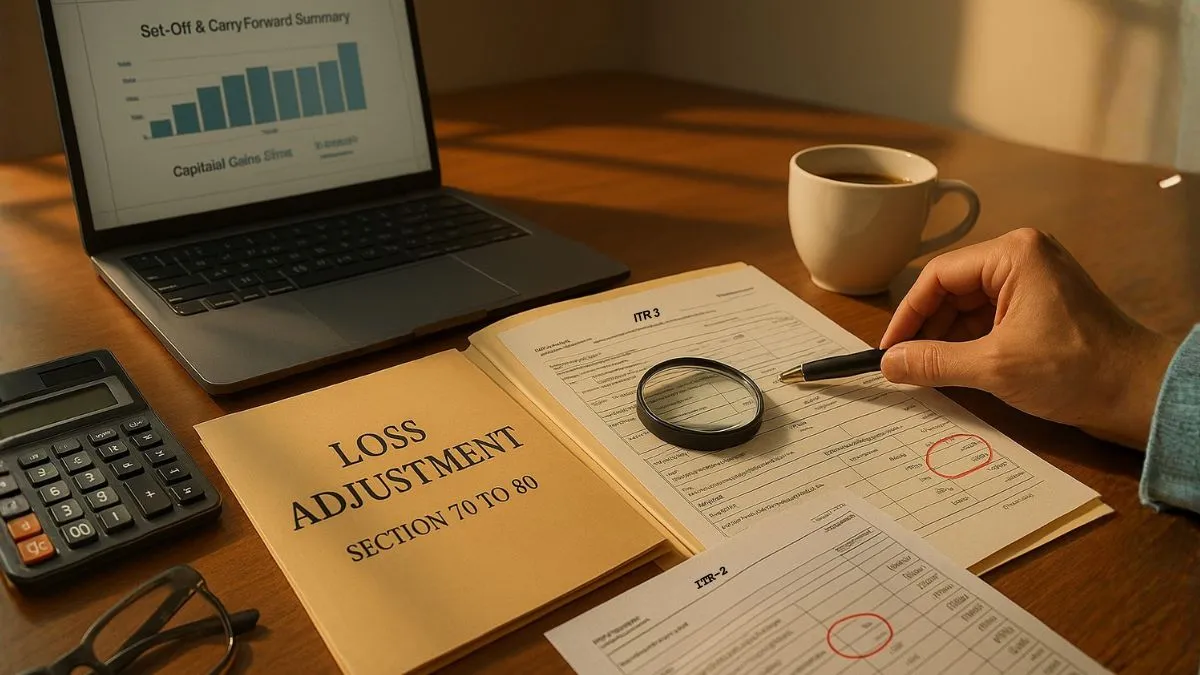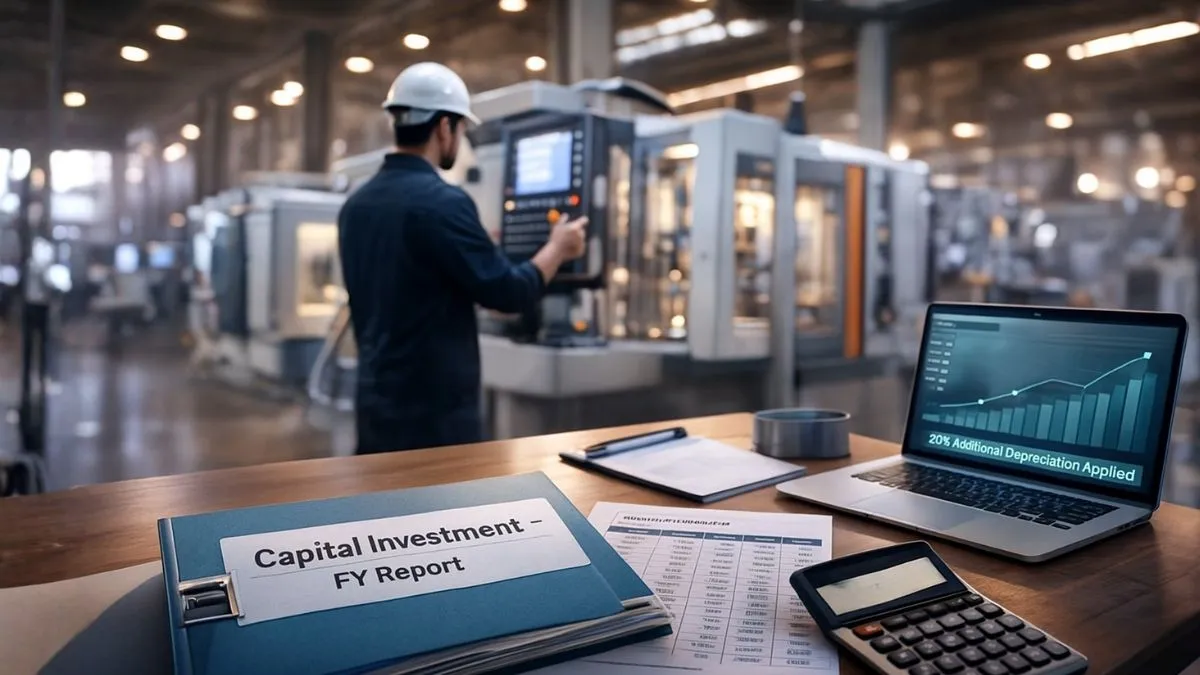
If you go back to why this section exists, you’ll realise it was introduced to nudge businesses to invest more aggressively in capacity building. The government wanted a direct, measurable way to reward companies that purchased new plant & machinery. So instead of waiting years to recover the cost through normal depreciation, Section 32(1)(iia) allows an extra deduction upfront.
This additional depreciation is not a small relief—it is 20% of the actual cost of eligible assets. A business that buys new machinery worth ₹1 crore gets an extra ₹20 lakh deduction in the same year (subject to usage rules). That single move reduces taxable profit, improves cash flow, and creates a cycle where reinvestment becomes easier. When seen through a business lens, this section is almost like a fast-track savings tool hidden within the law.
What Exactly Does Section 32(1)(iia) Allow?
At its core, the section says:
If you are engaged in manufacturing or production and you acquire & install new plant and machinery, you can claim additional depreciation @ 20% of actual cost, in addition to normal depreciation allowed under Section 32. This additional depreciation is over and above the standard depreciation that every business already claims. That means the tax savings in the first year are significantly higher.
Now, the rule becomes even more meaningful when a business is expanding its existing plant or setting up new units. The law practically encourages “growth” by giving a direct tax reduction every time new machinery is added to the business. The straightforward nature of this provision is one reason manufacturing entities often factor it into long-term capital planning.
When Can You Claim the Additional 20% Depreciation?
The 20% additional depreciation becomes available only when a few conditions are met. While the law sounds technical, in practice the idea is simple:
You can claim additional depreciation if—
- The taxpayer is engaged in manufacturing or production, or generation or distribution of electricity.
- The asset acquired is new plant & machinery (not second-hand, not office equipment, not vehicles)."
- The machinery is installed and put to use in the same year.
- The machinery is not one of the excluded categories (like ships, aircraft, office appliances, or used assets).
In daily tax practice, this means the benefit is aimed squarely at businesses with real production activity. Not traders. Not service providers. Not consultants. The idea is to strengthen India’s industrial backbone through tax incentives that directly reduce the cost of expansion.
Also Read: Understanding Section 32 of the Income Tax Act, 1961: A Guide to Depreciation for Businesses
What If Machinery Is Used for Less Than 180 Days?
This is one of the most misunderstood parts of the law. Many taxpayers assume the additional depreciation disappears if the machine is used for less than 180 days.
That’s not true.
Here’s what the law actually says:
- If the machinery is used for 180 days or more, you get the full additional depreciation @ 20% in the same year.
- If the machinery is used for less than 180 days, you get only 50% of the additional depreciation (10%) in that year.
- The remaining 50% (another 10%) can be claimed in the immediately succeeding year.
This was clarified after years of litigation, & it has genuinely helped businesses that purchase machinery towards the end of the financial year. Without this relief, many companies would have lost a big incentive simply because of installation delays.
A Simple Example to Make It Clear
Imagine a manufacturing company buying new machinery worth ₹50 lakh in November. They could not run it before January due to setup delays. Since the machinery was used for less than 180 days:
- Normal depreciation will apply proportionately.
- Additional depreciation allowed this year = 10% of ₹50 lakh = ₹5 lakh
- Additional depreciation next year = another 10% = ₹5 lakh
This staggered benefit is a very practical relief for industries that face seasonal production cycles or import machinery late in the year.
Why Additional Depreciation Matters So Much to Businesses
Additional depreciation is more than just a tax deduction—it’s a business strategy. When a company decides to invest in automation, newer machines, or scaling up capacity, upfront cost becomes a major constraint. By letting businesses deduct an extra 20% of the asset’s cost, Section 32(1)(iia) helps reduce the financial burden.
In industries where margins fluctuate—like textiles, engineering goods, or steel—the extra tax saving in the first year helps maintain stability. Manufacturers also use this provision to improve working capital because lower tax outflow directly strengthens liquidity.
This is why CFOs, plant heads, and finance controllers almost always consider additional depreciation while planning capital expansion. It’s easy to claim, crystal clear in structure, & offers an immediate tax benefit that reflects directly on the balance sheet.
Also Read: A Hidden Gem for Manufacturers & Industrial Growth
Relationship with Standard Depreciation Rules
Many businesses confuse additional depreciation with standard depreciation. The two are separate and independent.
Standard depreciation is allowed as per Section 32(1) & depends on the block of assets. Additional depreciation under Section 32(1)(iia) is a special benefit layered on top of it.
For instance:
- If standard depreciation for plant & machinery is 15%,
- Additional depreciation adds another 20% in the same year.
So instead of a 15% deduction, you may get a 35% deduction in total in the year of acquisition (if used for more than 180 days). That’s a massive cash-flow boost for capital-intensive companies.
Who Cannot Claim Additional Depreciation?
Even though the provision is generous, it has clear boundaries. Additional depreciation cannot be claimed by:
- Trading businesses
- Service industries"
- Businesses using second-hand machinery
- Companies investing in office equipment
- Assessees not engaged in manufacturing or production
The law draws this line because the objective is industrial growth—not general savings. This also avoids misuse of the provision by businesses purchasing non-productive assets.
Depreciation Rate: Understanding the 20% Benefit Effectively
The 20% of cost benefit often becomes a talking point during audits, tax reviews, & financial planning discussions. Because this is a straight deduction, it reduces taxable income directly.
For example:
- Machinery cost: ₹1 crore
- Additional depreciation @20%: ₹20 lakh
- Tax saved (at 30% rate): ₹6 lakh
That ₹6 lakh stays inside the business immediately. No deferment. No complicated compliance. Simply a reduced tax outgo in the same fiscal year. When financial teams create projections for capital expansion, this single calculation often becomes a deciding factor.
Also Read: 100% Deduction on Capital Expenditure for Specified Businesses
Why This Section Still Matters in 2025 and Beyond
Even as businesses shift toward automation, AI-powered machines, & precision-based manufacturing tools, the tax law continues to support growth. Section 32(1)(iia) ensures that Indian businesses stay competitive, modern, and financially capable of scaling, especially when global competition is intense.
With newer incentives coming in for manufacturing—like PLI schemes—additional depreciation remains one of the simplest and most trusted tools in the tax ecosystem.
Conclusion
Section 32(1)(iia) is not just a tax provision; it is a business enabler. The additional 20% depreciation strengthens cash flows, reduces first-year tax liability, & encourages companies to expand production capacity with confidence. For any manufacturing business planning new investment, ignoring this section means missing out on one of the most valuable deductions available under the Income Tax Act.
If you're planning asset purchases or evaluating depreciation benefits, it’s worth getting the math right from day one.
Before you finalize your tax planning or capital expenditure decisions, you can explore expert guidance or customised depreciation planning with our CA-backed services on CallMyCA.com — where complex tax rules are simplified into actionable strategies for your business.

